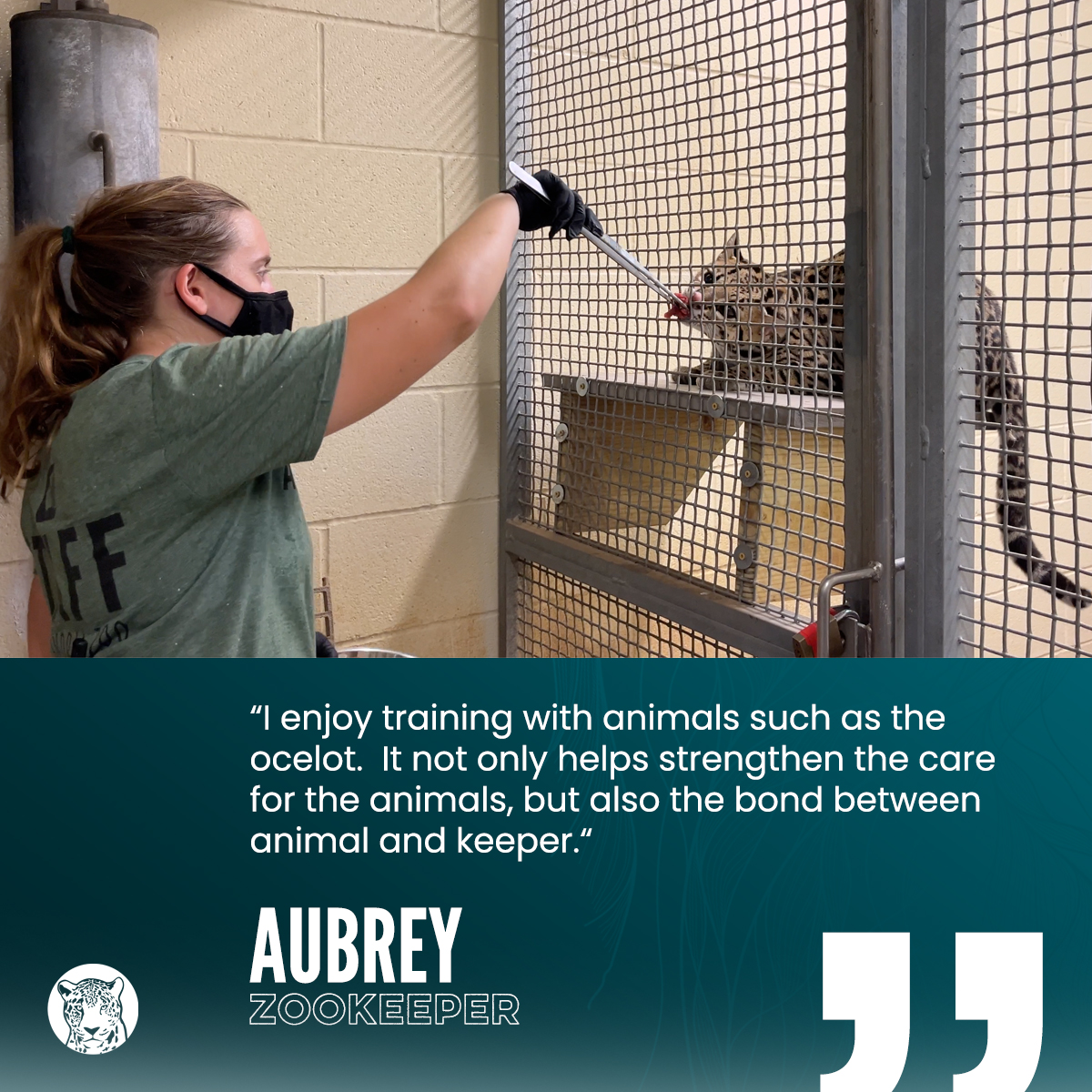- The role of animal training in wildlife conservation and zoo management
- Specific techniques used in training animals like ocelots
- Benefits of animal training for both the animals and keepers
- The impact of training on animal behavior and wellbeing
- Challenges and ethical considerations in animal training
Animal training has an essential role in wildlife conservation and zoo management. Structured training of species like the ocelot helps in multiple capacities, including improving animal care, enhancing the bond between animals and their keepers, and supporting various conservation initiatives.
Animal training techniques are sophisticated and varied, designed to teach behaviors that assist in daily care, medical procedures, and environmental enrichment. With ocelots, patience and positive reinforcement methods are critical. Trainers use clickers and food rewards to encourage desired behaviors. Over time, actions such as allowing a health check, entering a carrier, or participating in interactive exhibits become second nature for the ocelot.
The benefits of training animals extend beyond basic care routines. It helps in reducing stress and promoting mental stimulation. A well-trained ocelot participates actively in its care, making routine procedures less stressful for the animal and safer for the keepers. These interactions foster trust and strengthen the bond between animals and their caregivers.
Training also impacts animal behavior and wellbeing profoundly. Ocelots, for instance, are naturally inquisitive and thrive in environments where they are mentally challenged. Training activities provide enrichment that mimics their natural hunting and exploratory behaviors, which are vital for their psychological health. This mental engagement can reduce stereotypic behaviors like pacing or over-grooming, often seen in zoo animals lacking stimulation.
However, the process is not without challenges and ethical considerations. Animal trainers must constantly evaluate and adapt their methods to support the animal’s welfare ethically. This involves ensuring that the training is voluntary and rewarding for the animal. There is a fine balance between encouraging participation and respecting the animal’s autonomy.
Trainers like Aubrey, who work with ocelots, embody a commitment to both animal welfare and conservation. Their efforts contribute to the larger goals of educating the public about wildlife and preserving species for future generations. The skills learned through training sessions also have practical applications in research and conservation activities, helping experts better understand animal behavior and develop more effective conservation strategies.
In summary, animal training is a multifaceted aspect of zoo management that supports the wellbeing of animals and the professional development of keepers. Through thoughtful training practices, the welfare of animals like ocelots is significantly enhanced, illustrating the important connection between humane animal care and effective conservation efforts.
*****
Source Description
“I enjoy training with animals such as the ocelot. It not only helps strengthen the care for the animals, but also the bond between animal and keeper.” – Aubrey, Zookeeper


